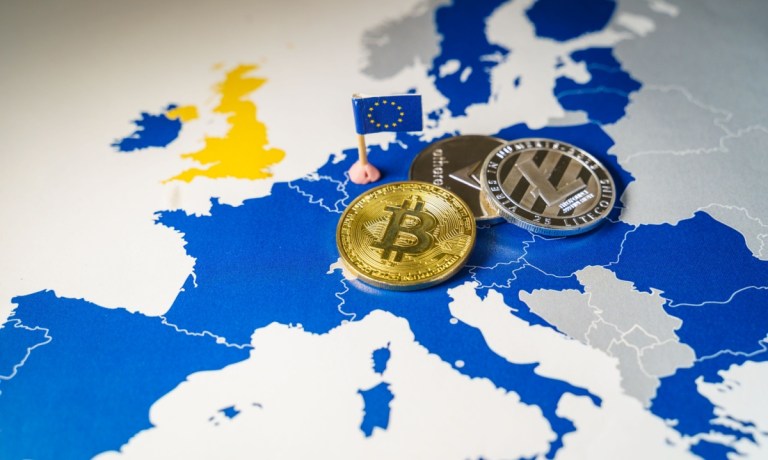
Cryptocurrencies, and more specifically their underlying blockchain technologies, have gone from a solution in search of a problem to a solution in hopes of some regulatory clarity.
Along the way, the sector’s market capitalization has surged north of $3 trillion.
As the global economy warms to novel applications of blockchain technology and digital assets, regulations in the U.S., U.K., and EU are emerging as critical arbiters of the future of the Web3 infrastructure for payments and commerce.
While each jurisdiction approaches digital asset regulation with its own priorities, the implications for businesses leveraging these technologies, particularly ones operating internationally, are far-reaching and complex, potentially setting the stage for new norms around business-to-business (B2B) payments and cross-border transactions.
Regulatory ambiguity has slowed blockchain adoption, particularly for businesses looking to embrace strategies such as integrating stablecoins into supply chain finance or for real-time treasury management and cross-border payments.
Read more: Why Banks Might Want to Have a Blockchain Strategy
The U.S. is a critical market for digital assets but has faced challenges due to its fragmented regulations.
Yet for crypto players, hope has emerged. PYMNTS covered how the U.S. government and state-level agencies are expected to scale back enforcement of the cryptocurrency sector under President-elect Donald Trump. Trump himself reportedly is meeting with Coinbase CEO Brian Armstrong to discuss the incoming administration’s personnel appointments.
Trump stressed during his campaign that if elected, he would form a presidential advisory commission focused on bitcoin and crypto and with developing transparent regulatory guidance in the sector, following years of what industry players alleged to be “regulation by enforcement” under the U.S. Securities and Exchange Commission (SEC).
“The largest financial institutions are eager to explore tokenized assets,” Nikola Plecas, head of commercialization at Visa Crypto, told PYMNTS, but noted that they require regulatory certainty to do so.
To date, questions about whether cryptocurrencies and digital assets, including stablecoins, should be regulated as securities or banking instruments remain unanswered. The uncertainty has prompted some crypto firms to focus on cross-border applications, leveraging blockchain to bypass traditional financial intermediaries.
Read more: Mastercard and J.P. Morgan Partner on Blockchain-Based B2B Payments
“Blockchain solutions and stablecoins — I don’t like to use the term crypto because this is more about FinTech — they’ve found product-market fit in cross-border payments,” Sheraz Shere, GM payments and commerce at Solana Foundation, told PYMNTS. “You get the disintermediation, you get the speed, you get the transparency, you get extremely low cost.”
Stablecoins remain a focal point in the regulatory discourse, with implications for cross-border payments. Their ability to streamline transactions and reduce costs is particularly appealing to businesses operating in international markets.
Already, the EU’s implementation of the Markets in Crypto-Assets (MiCA) regulation’s provision for stablecoins put the EU at the forefront of crypto regulation, while the British government announced plans last fall to bring fiat-backed stablecoins under the purview of the Bank of England, Financial Conduct Authority and Payment Systems Regulator.
However, further global regulatory interoperability will be crucial in unlocking their full potential.
“The main barrier to widespread stablecoin adoption outside of the crypto ecosystem is the lack of regulatory frameworks,” Tony McLaughlin, emerging payments at Citi Services, told PYMNTS.
As PYMNTS covered earlier, the U.K. is working to keep up with the U.S. and Europe and will consider a comprehensive regulatory framework for the cryptocurrency sector in early 2025. The country’s Labour Party, which came to power in July, will draft rules that will include stablecoins and staking services, with an eventual consultation paper on stablecoins due from the Financial Conduct Authority at the start of 2025.
Read more: How Blockchain Tech Can Streamline Treasury Operations